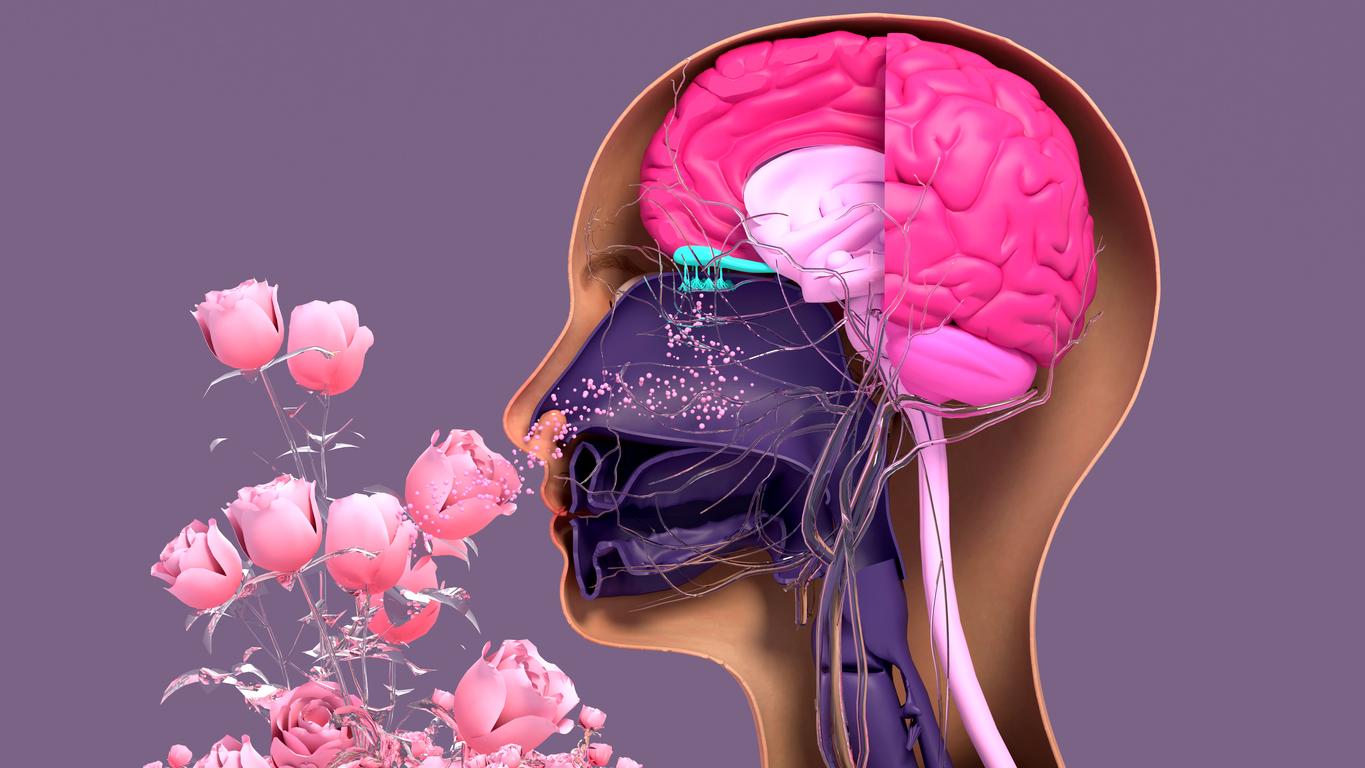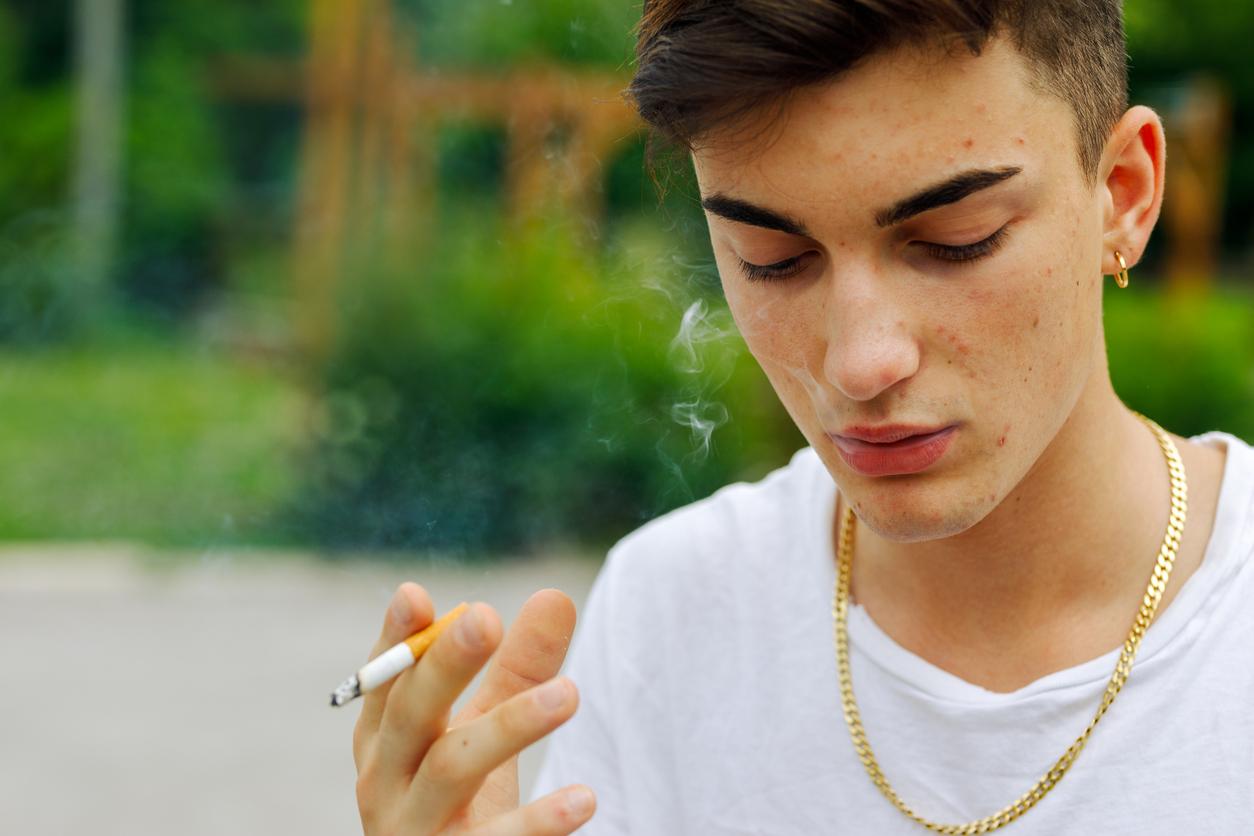Researchers have succeeded in recording and mapping our perception of scents, paving the way for a possible digitization and reproduction of odors.

- Our brain perceives potentially millions of odors in which these unique molecules are mixed and mixed in varying intensities.
- There is an underlying order to smells.
- The team is currently developing a web-based tool to synthesize odorants by design.
Is this the beginning of digital smells? Neurobiologists, computer scientists and a master perfumer have managed to remove much of the mystery from even complex mixtures of odorants by recording and mapping how they are perceived in our brains. They are now able to predict the smell of any complex odorant based on its molecular structure alone. This study can lead to the digitization and reproduction of odors. The results were presented on November 11 in the scientific journal Nature.
An underlying order to odors
“The challenge of plotting odors in an organized and logical way was first proposed by Alexander Graham Bell over 100 years ago”, relocates Professor Noam Sobel from the Department of Neurobiology at the Weizmann Institute of Science in Israel. Until now, no one has been able to measure the differences between different smells due to the complexity of our olfactory system. There are millions of odor receptors in our noses, made up of hundreds of different subtypes, each trained to detect particular molecular characteristics. Our brain perceives potentially millions of odors in which these unique molecules are mixed and mixed in varying intensities. “Mapping this information has been a challenge”, admits Noam Sobel.
Researchers have discovered that there is an underlying order to smells. To find out, they were interested in the relationships between odors as they are perceived and not between the odors themselves. In a series of experiments, the team presented 200 volunteers with pairs of scents and asked them to rate them based on their similarity. They were asked to rank the pairs on a similarity scale ranging from “identical” at “extremely different”. In the experiment, the team created 14 flavor blends, each made up of around 10 molecular components, and presented them to participants so that by the end of the experiment, each had rated 95 pairs.
Refine the method
The team refined a previously developed physico-chemical measure to better understand the resulting database of participants’ odor pair associations. Each odorant is represented by a single vector that combines 21 physical measurements (polarity, molecular weight, etc.). To compare two odorants, the angle between the vectors is taken to reflect the similarity in perception between them. A pair of odors with a low angle distance between them are predicted similar, those with a high angle distance between them are predicted different.
The team concocted new scents and invited a new group of volunteers to smell them, using the same method as with the first group. The results were similar to those for color perception – sensory information based on well-defined parameters. This is particularly surprising given that each individual likely has a unique complement of smell receptor subtypes, which can vary by as much as 30% between individuals.
Convert smell percepts to numbers
This odor map not only predicts any two odorants but it can also be used to predict the final odor of an odorant. The team is currently developing a web-based tool to synthesize odorants by design. For example, one can take any perfume with a known set of ingredients and using the map and metric generate a new perfume with no components in common with the original perfume but with the exact same smell. Such creations in color vision, namely non-overlapping spectral compositions that generate the same perceived color, are called color metamers, and here the team generated olfactory metamers.
“100 years ago, Alexander Graham Bell posed a challenge. We have now answered itconcluded Noam Sobel. The distance between pink and purple is 0.202 radians (they are very close), the distance between purple andfetid base is 0.5 radians (they are very different), and the difference between the rose and thefetid base is 0.565 radians (they are even more different). We’ve converted smell percepts into numbers, and that should indeed advance the science of smell. ”
.















